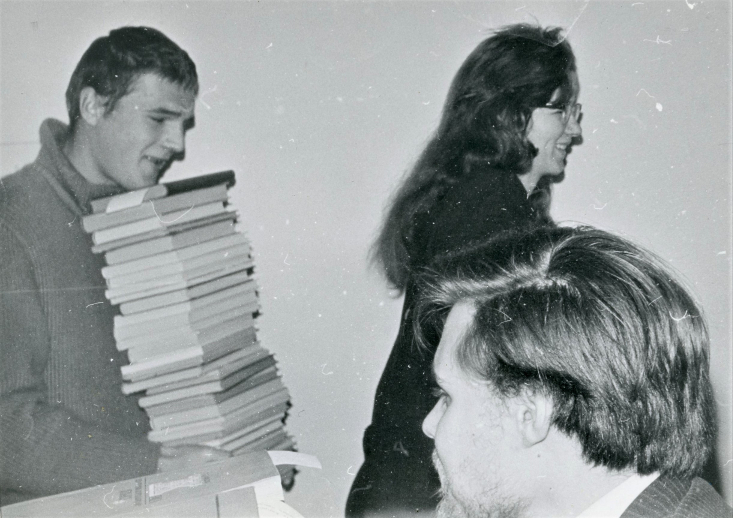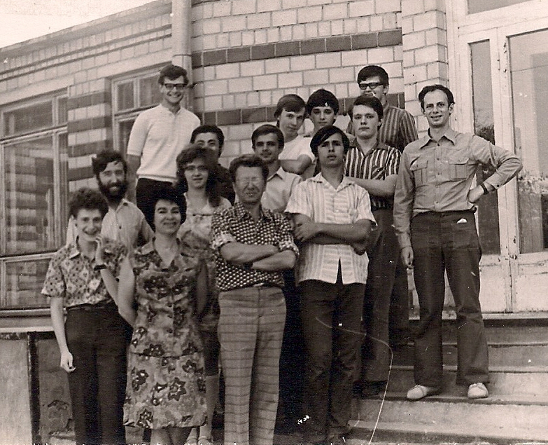My Computational Linguistics Olympiads
Do you know that I participated in Linguistics Olympiads in high school? They are not well-known in the US, but the Soviet Union has been running them since 1965. The first International Linguistics Olympiad was conducted in 2003, and the US joined in 2007. They are called Computational Linguistics because you are expected to discover some phenomenon in an unfamiliar language on the fly instead of knowing a lot of languages already. The problems mostly need logic and are a good fit for a person who likes mathematics. However, a feel for languages is very helpful.
I do not remember why I started attending the Olympiads, but I remember that there were two sets of problems: more difficult for senior and less difficult for non-senior years. I used to be really good at these Olympiads. When I was in 8th grade, I finished my problems before the time ran out and started the senior problems. I got two awards: first place for non-senior years and second place for senior years. In 9th grade, I got two first-place awards. I didn’t know what to do in 10th grade, which was a senior year at that time in the USSR. I couldn’t get two first-place awards, as I could no longer compete in the non-senior category. I felt ashamed that my result could only be worse than in the previous years, so I just didn’t go.

The prizes were terrific: they gave me tons of rare language books. In the picture, a guy from the jury is carrying my prizes for me. I immediately sold the books at used-books stores for a good price. Looking back, I should have gone to the Olympiad in 10th grade: my winter boots had big holes.
Share: